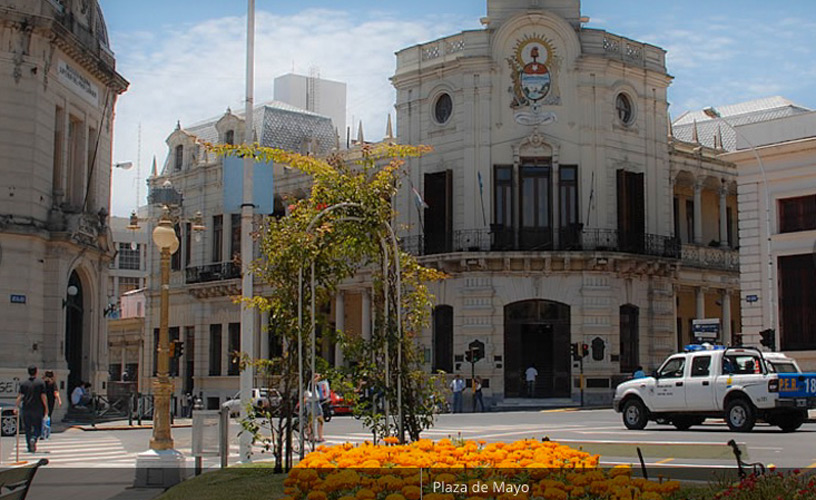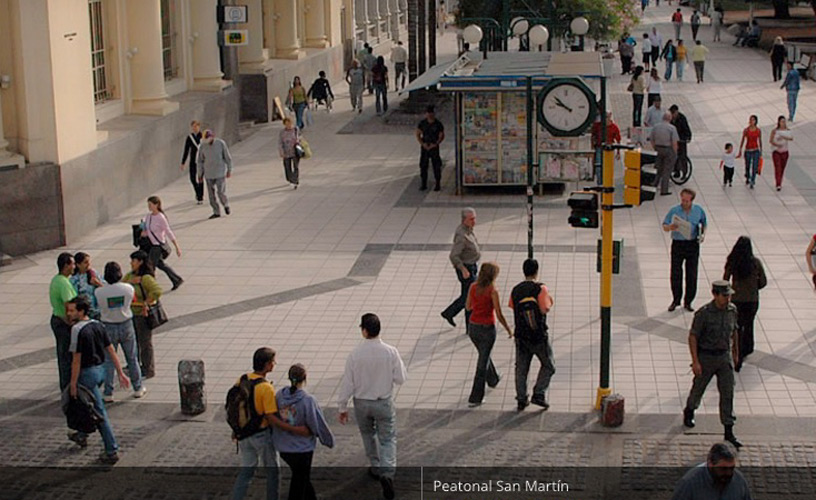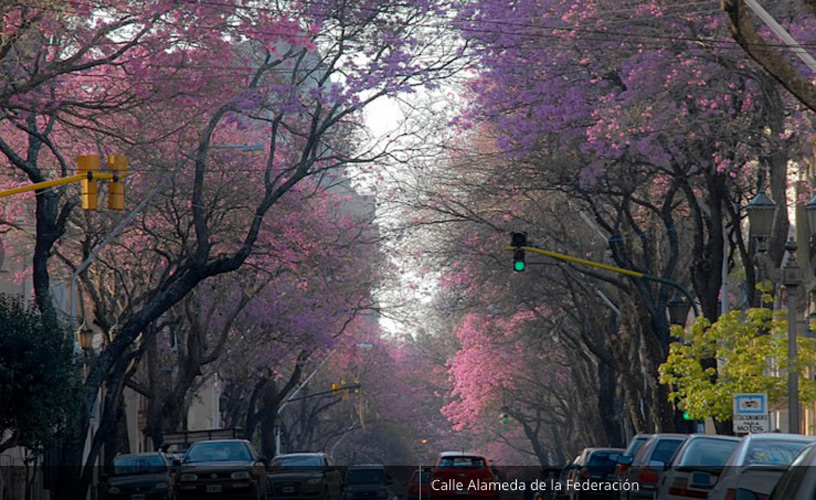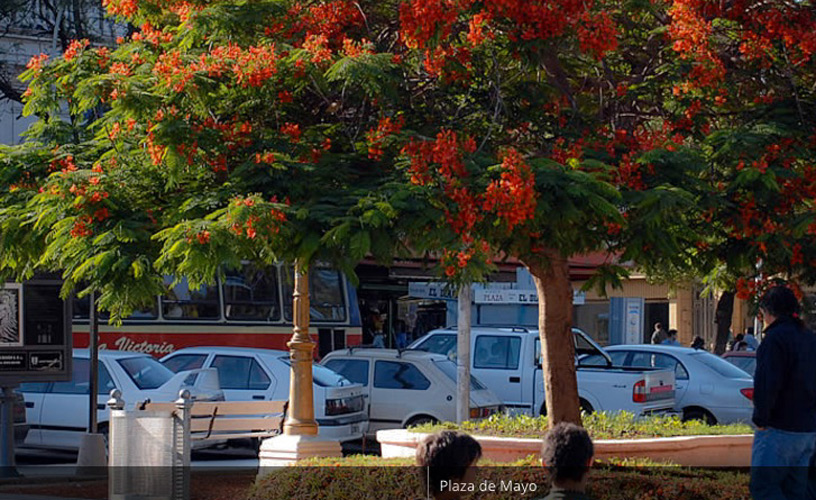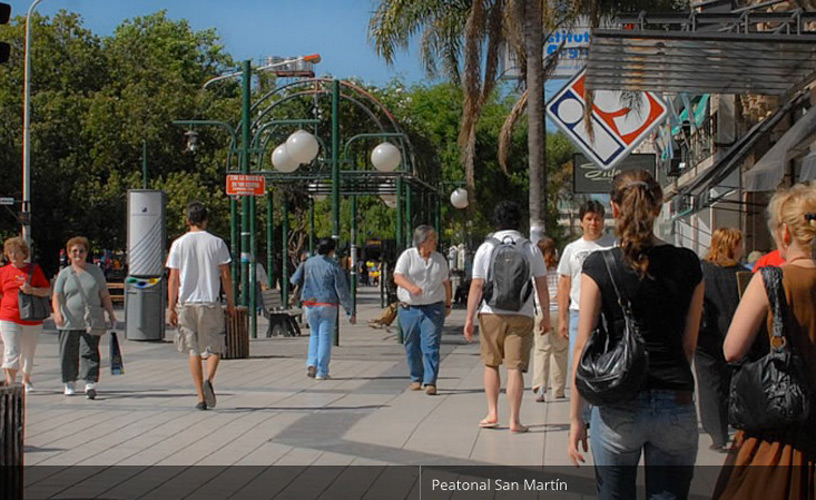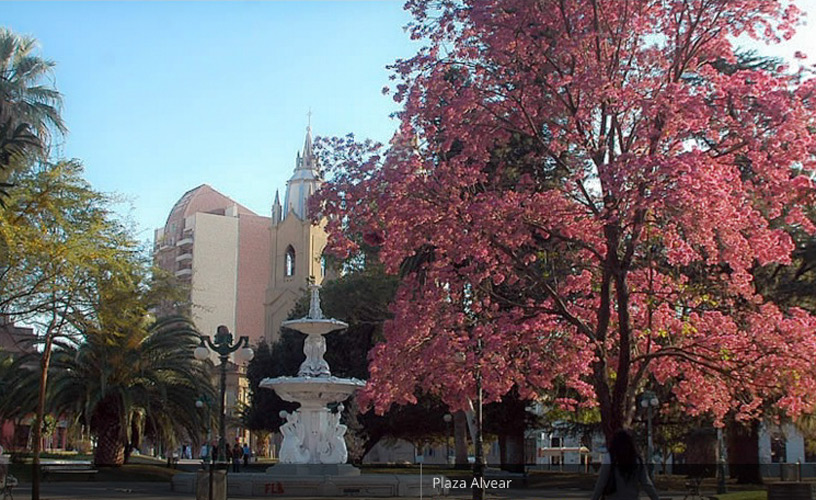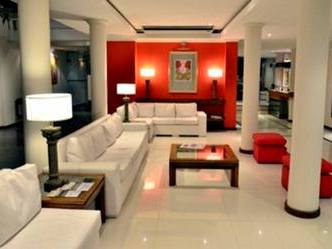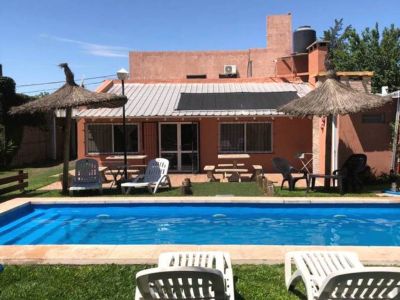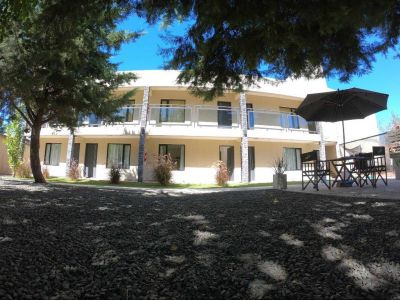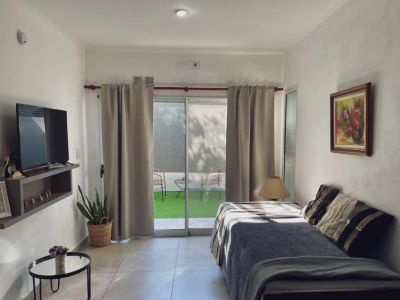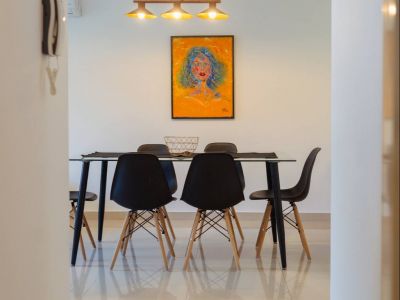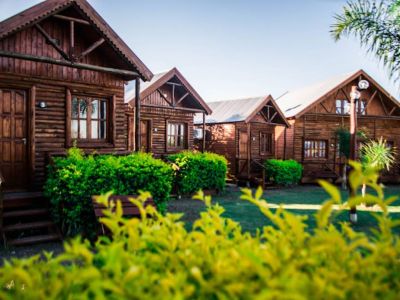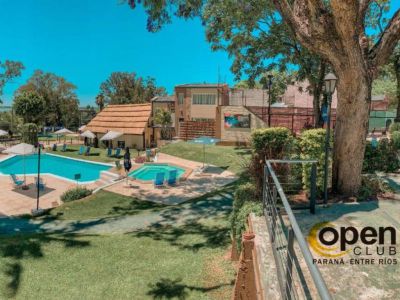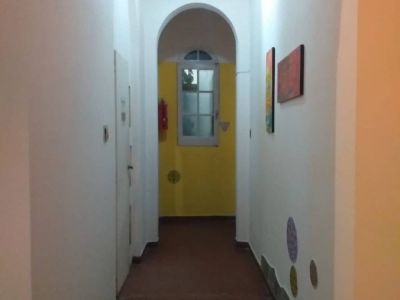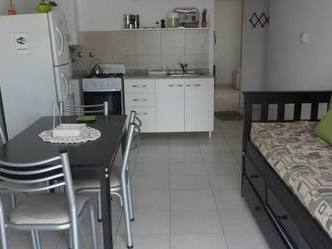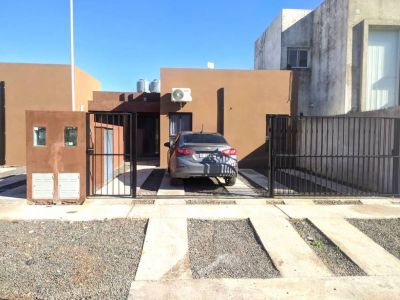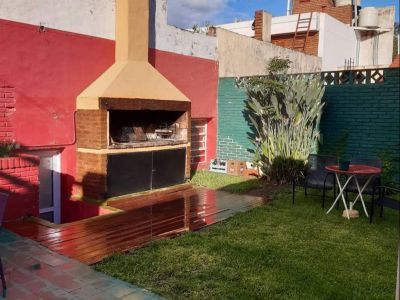The city of Paraná is a pleasant blend of history, nature and cultural activities and a short visit is enough to fall in love with this place and feel like staying longer.
As we walked around the streets at the civic center or wandered around the old port, the undulating paths and leafy cliffs overlooking the coast, we found that the river is tightly linked to the people and the lifestyle of Paraná, the capital city of Entre Ríos.
Three Centuries of History
Our tour started at the downtown area at 1º de Mayo Square located between Urquiza Street and San Martín Street, a pedestrian promenade.
This great park was originally the site where the old fortress that gave origin to this city was constructed. It shelters a monument in honor to the Libertador and a big pond area which, rumor has it, used to be the main gathering spot of the people from Paraná during the nineteenth century.
Opposite the square is the distinct Metropolitan Cathedral, which consists of two high towers with a bell tower, a dome and a beautiful façade defined by its Renaissance style. We learned that Father Ceferino Namuncurá was baptized in its baptismal font and that the first of the three churches built within this area in about 1730 was a humble chapel made of straw and mud brought from the river.
Around the central square are other magnificent buildings. Once the seat of the Senate of the Argentinian Confederation, this building next to the cathedral is now a school named “Nuestra Señora del Huerto”. There, José Hernández, author of Martín Fierro, worked as a stenographer at the time Paraná was the seat of the national government.
At the intersection between Urquiza and Monte Caseros Streets, we saw a particularly elegant building composed of a tower, a clock and a bell tower made of wrought iron. It is this historical building that served as People’s House since 1890, the Town Hall.
We turned into 25 de Mayo Street towards San Martín Street and its shopping arcades. On the corner, two carved marble keystones depicting lion heads inevitably attracted the attention of us: it is the Argentinian Post Office building, which used to be the residence of General Urquiza.
A Natural Balcony over the Paraná River
After buying some souvenirs on the pedestrian promenade, we got on the van and drove until we reached some fresh and leafy cliffs. Urquiza Park occupies 44 hectares full of ancient stone paths, stairways and fountains and covers the natural elevation which separates the city from the riverside: a green balcony over the large and sunny river.
On the beaches and summer resorts facing Costanera Avenue, the river is always the main attraction. Visitors may enjoy a wide range of leisure activities such as swimming, windsurfing, water skiing, wakeboarding and motor boat outings. The riverside is incredible and teeming with tourists and no one can avoid being captivated by the beauty and kindness of its people.
To the South, we arrived at the Old Port in the Ancient Paraná area. This anchorage developed as a foreign trade port from 1822 to 1904. It preserves old buildings belonging to the then neighborhood of the port with its mills, lime kilns, inns and cheap restaurants.
At the Fishermen Club, next to the port, the river enthusiasts devote their time to stealing some of their unique treasures from the river. Fishing from the pier is quite varied, but if someone is eager to catch the biggest fish -surubí and dorado- guides and anchored boats services may be hired.
The City in Love with the River
Just close to the end of the tour, but longing for more places to visit, we stopped at one of the international restaurants offering traditional dishes of the city. After a hearty meal, the van carried us to the New Port area lined with discos, pubs and a sort of carnival parade.
As a perfect end to this tour in a city falling in love with the river, our vehicle drove almost into the water and we started a dizzy underwater ride along the Hernandarias Subfluvial Tunnel, which connects Paraná to the neighboring City of Santa Fe. What else could we ask for?
Pablo Etchevers
Gentileza Parana1.com.ar
